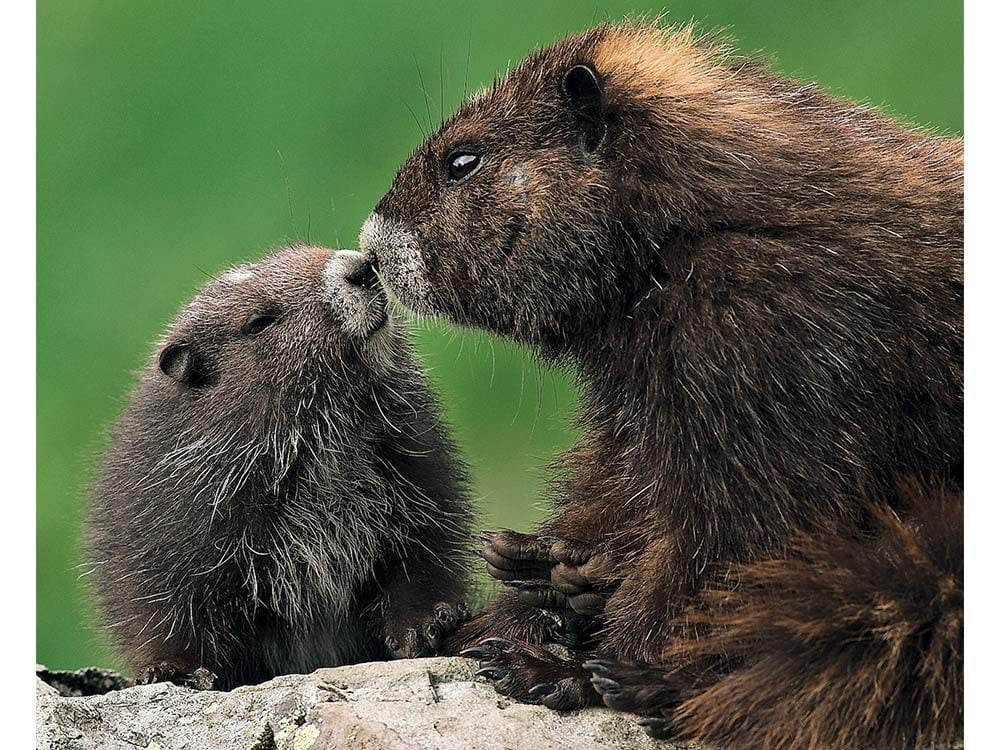
It’s Not Too Late to Help Save Canada’s Wild Species
There is little I value more than the beauty of the nature that blesses Canada—especially the slice of heaven on the edge of the Canadian Shield in Lanark County, Ont., where I am grateful to live. From the log house on 17 acres that my wife Mary Lou Carroll and I inhabit, I relish daily gifts such as melodious songbirds and peeping frogs in spring; tail-slapping beavers, sun-soaking turtles and yodelling loons in summer; flaming maples, ashes and aspens in autumn; and deer, coyote and fox tracks in winter.
Thrilling me with their magic and infusing me with joy, wild species are essential to my happiness. No wonder, then, that I count myself among the half of adult Canadians who, according to a 2012 survey, have chosen to live where we do in part to be close to nature.
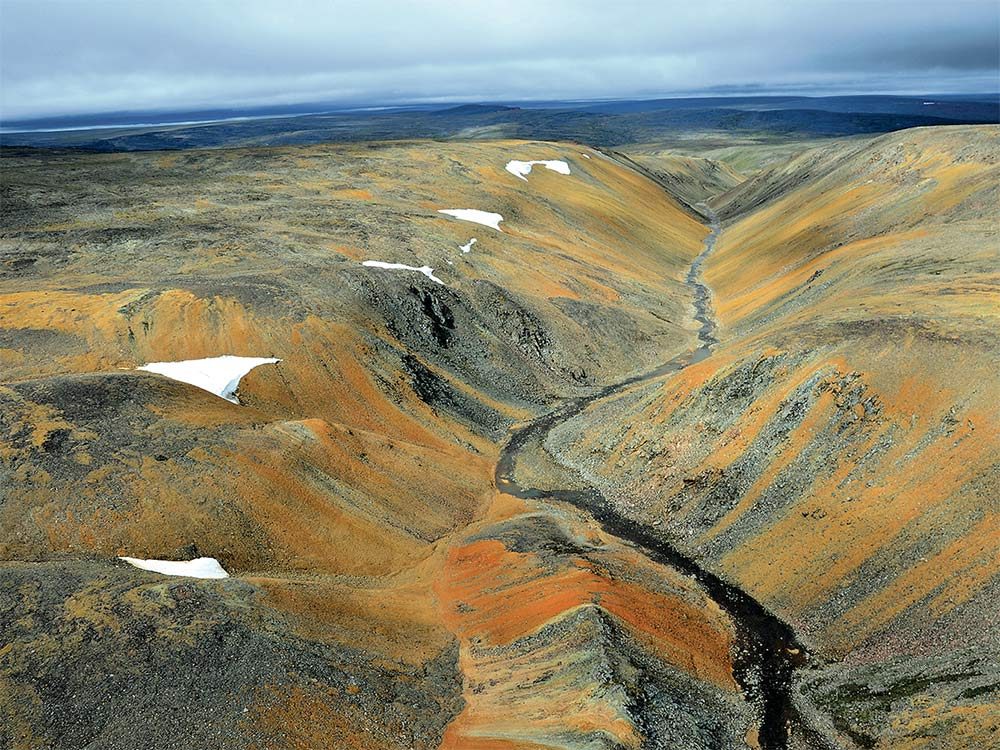
However, as I enjoy our land and other wild parts of Canada, I am saddened by the fraying of our country’s natural heritage. A report I recently co-wrote for the national charity NatureServe Canada, and supported by some of Canada’s most accomplished biologists, documents 381 species and 188 subspecies that are at risk of being lost forever to extinction. These include flowers, ferns, beetles and butterflies, as well as dragonflies, fish, turtles and snakes. The list also includes songbirds, seabirds, bats, seals, whales and more. Two hundred and thirteen of these animals, plants and lichens are found only in the “True North strong and free,” meaning that Canada alone has responsibility for their fate.
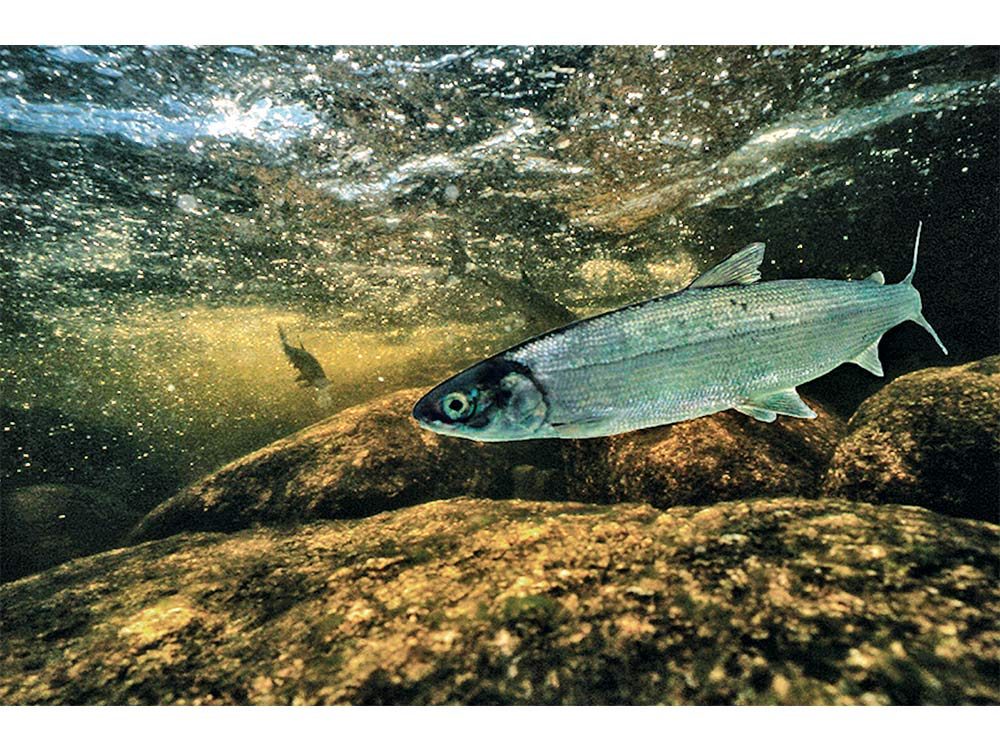
Since 1844, at least 16 animals and plants formerly of Canada have gone extinct, from the famous passenger pigeon to the virtually unknown Macoun’s shining moss. Biologists cannot yet be certain, but other flora and fauna may be extinct as well due to human activity. For example, the Vancouver Island blue, a butterfly known only on the island, has not been observed since 1979. Honey-flowered Solomon’s seal, a plant known only from a few sites in Ontario and Michigan, has not been seen since 1937.
Plus: How a Town in British Columbia is Using Dead Fish to Restore Their Rivers
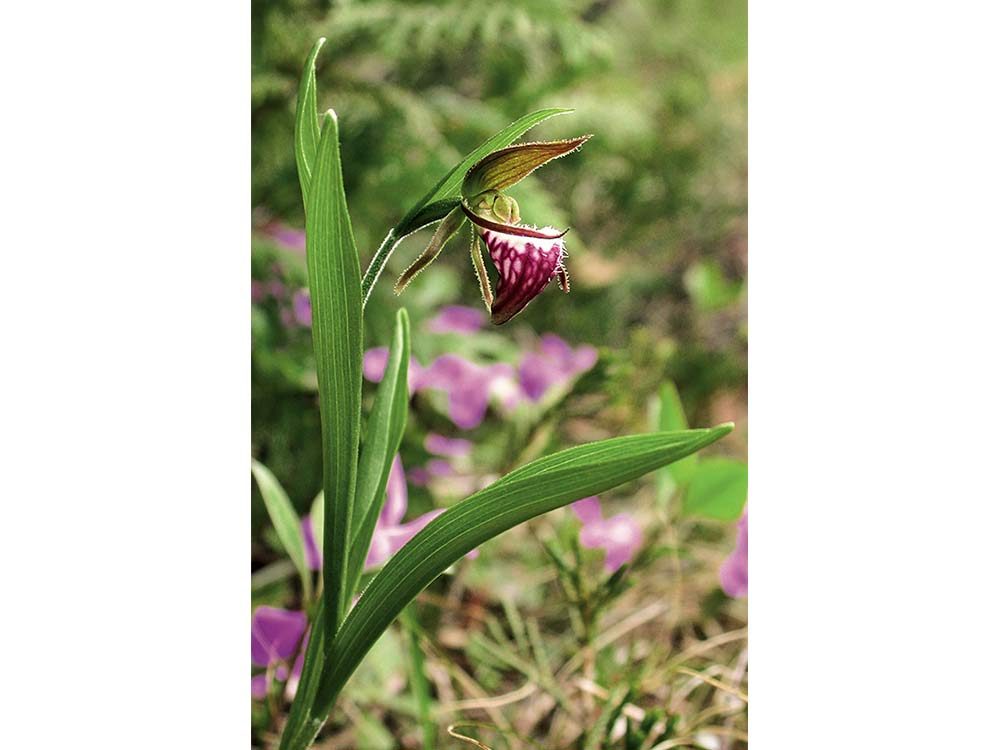
Many of Canada’s species and subspecies at risk have highly restricted ranges. Kluane draba, for example, is a flower whose worldwide population exists entirely within Kluane National Park and Reserve in the Yukon. False northwestern moonwort is a fern-like plant known only from a few locations along the north shore of Lake Superior. The Ungava seal, uniquely living yearround in freshwater, dwells within a handful of lakes in northern Quebec. They, along with 108 other animals, plants, and lichens are “critically imperiled” across their global distribution—perilously close to extinction.
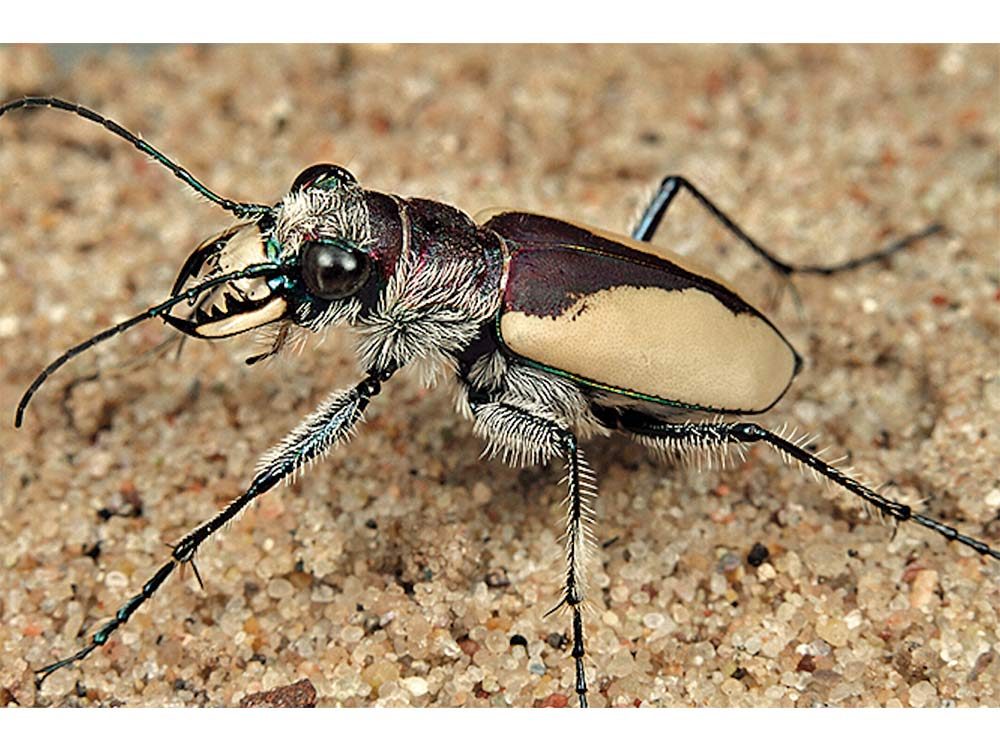
Some other species and subspecies at risk have very wide ranges. Among them are the ghost tiger beetle, known from five provinces and 36 American states; piping plover, a shorebird known from nine provinces and 38 states; and the hoary bat and silver-haired bat, both known from nine provinces and all 50 states. Despite such breadth of geography, each of these species and subspecies is now globally vulnerable to extinction.
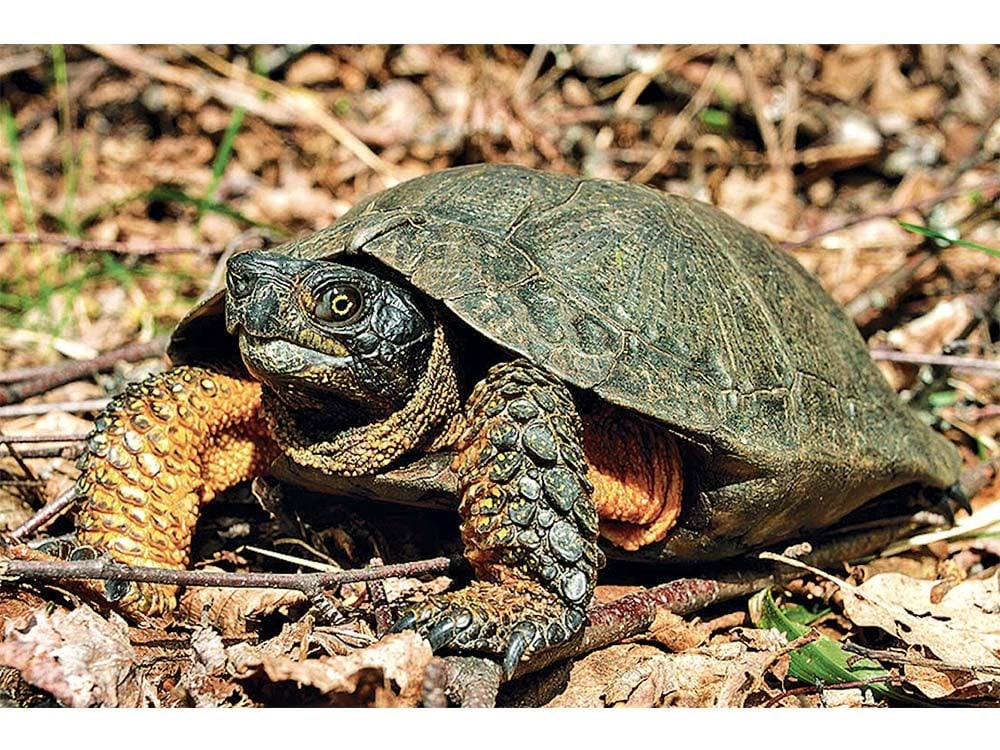
The good news is that extinction due to human activity can, in many cases, be prevented. An inspiring example is that of the Vancouver Island marmot, Canada’s rarest mammal. Once numbering fewer than 30 individuals in the wild, there are now approximately 200, moving towards a goal of 400 to 600 marmots living in three geographically distinct populations. Though still at risk, this marmot’s future is brighter thanks to the intervention of the Marmot Recovery Foundation and partners such as the Government of British Columbia and several forestry companies.
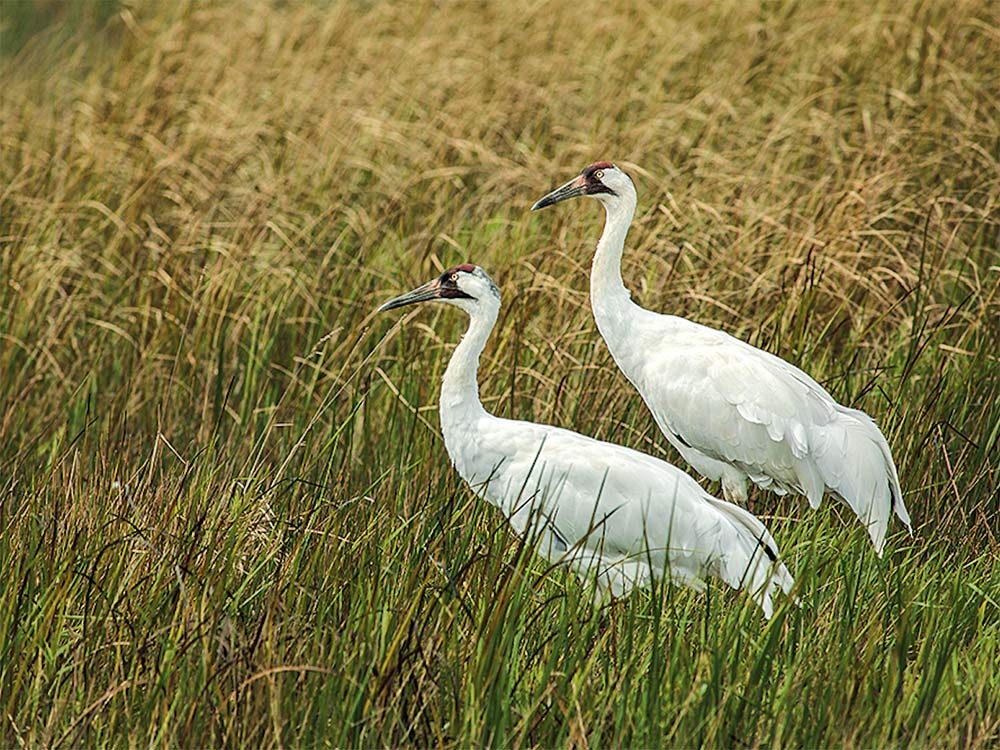
Looking ahead, I hope Canada will long include room for all of our nation’s roughly 140,000 wild species—only about half of which have been scientifically described to date. From the Great Plains ladies’ tresses—an orchid found in open grasslands—to the snuffbox, a freshwater mussel persisting in Canada in only two southern Ontario rivers; from the oreas anglewing, a butterfly of the western mountains, to the kiyi, a fish restricted to the depths of Lake Superior; from the hotwater physa, a snail found only in one hotspring complex in Liard River Provincial Park in northern B.C., to the Sprague’s pipit, a bird of our threatened Prairies; and to so many more species in trouble, I hope that Canada’s rich natural heritage—honoured by a maple leaf on our national flag, the common loon on our dollar, and in so many other ways—will persist for generations to come.